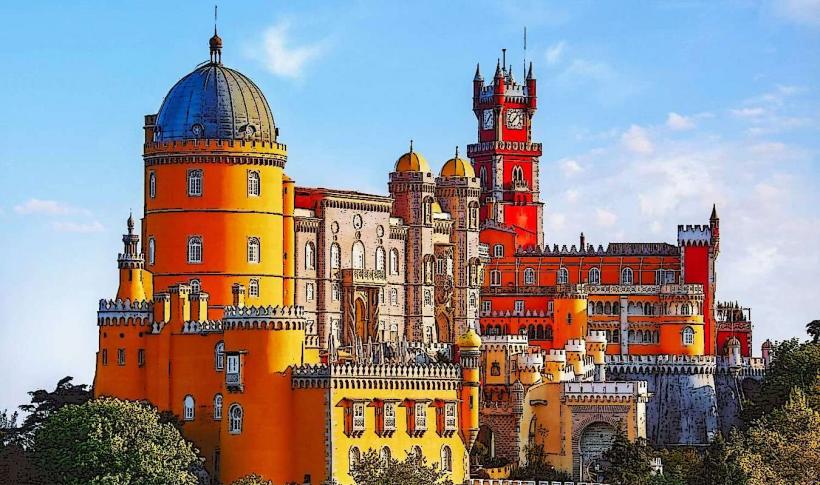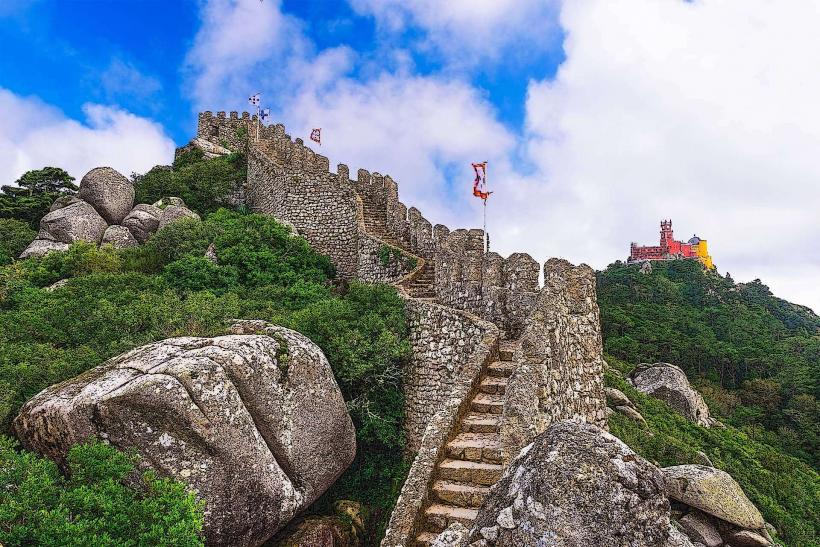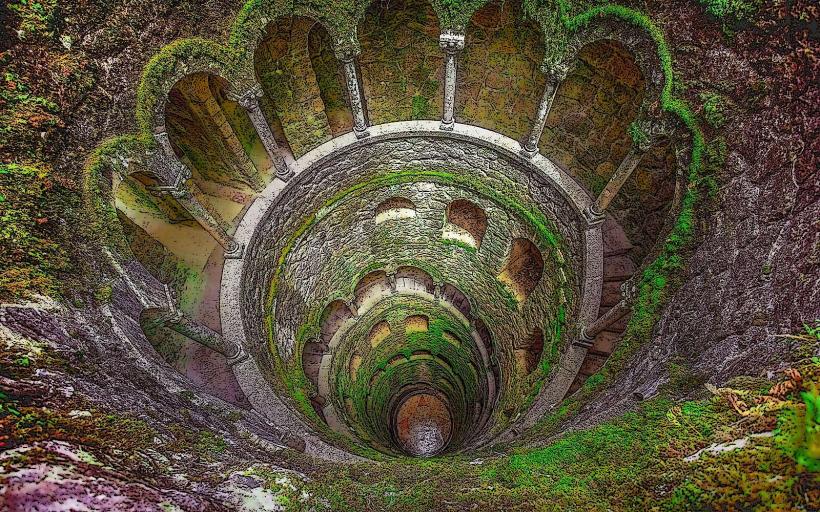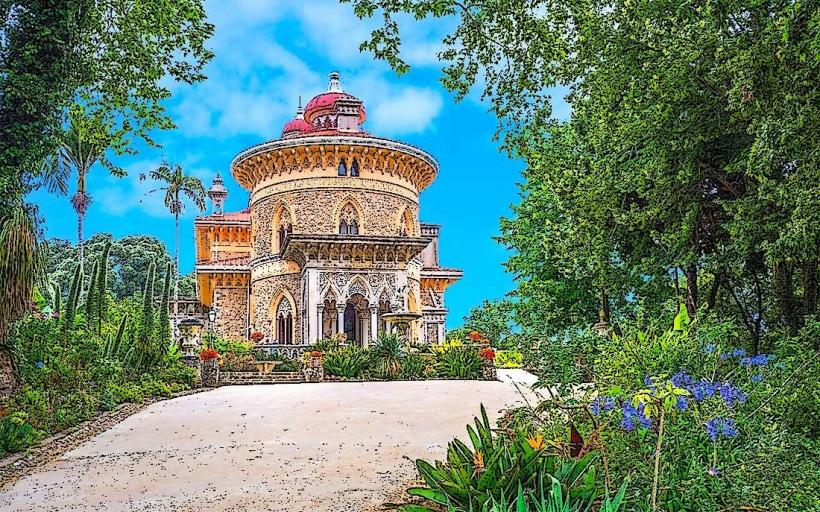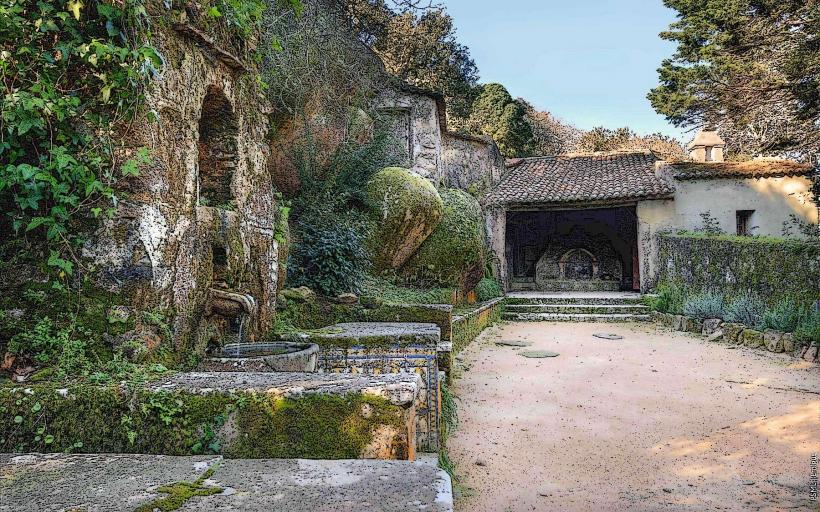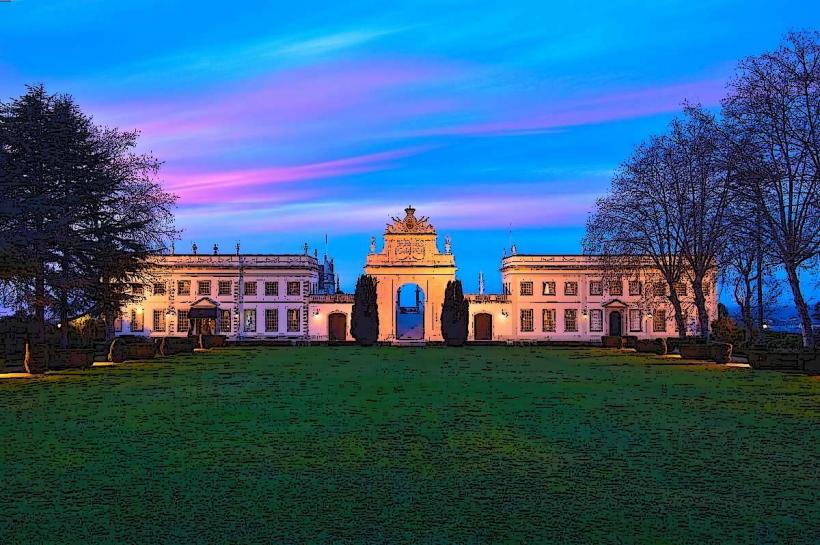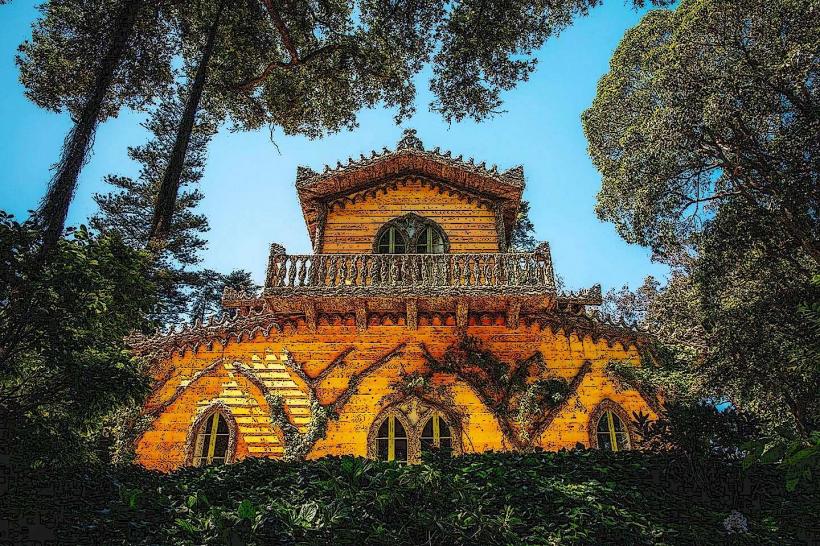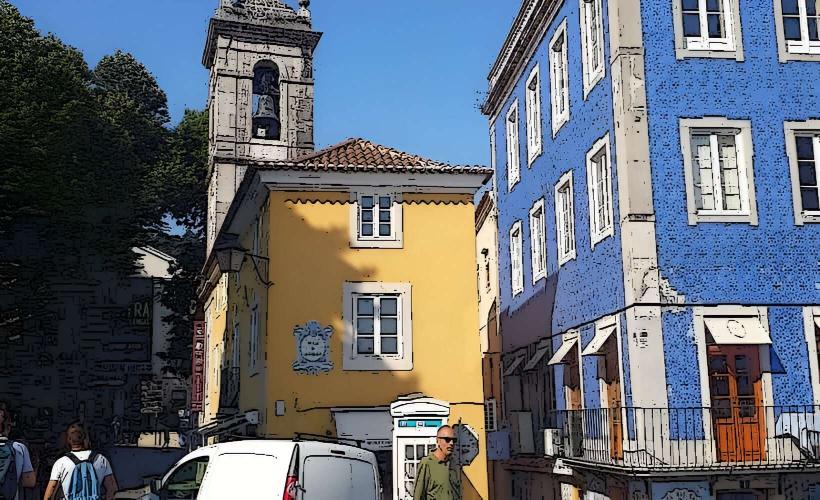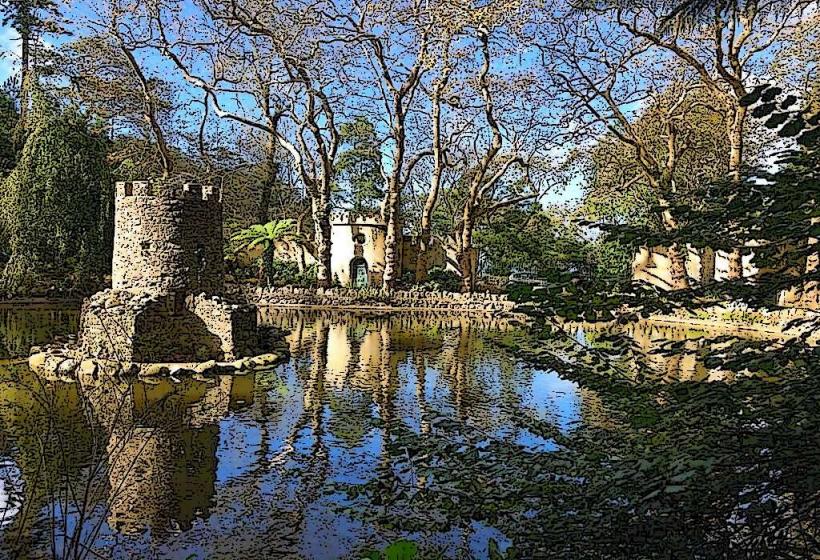Information
Landmark: Sintra National PalaceCity: Sintra
Country: Portugal
Continent: Europe
The Sintra National Palace (Palácio Nacional de Sintra), also known as the Town Palace (Palácio da Vila), is one of the most significant historical landmarks in Sintra, Portugal. It is distinguished by its unique architecture, rich history, and central location in the heart of the town. The palace is a fascinating example of Portuguese royal residence and showcases a blend of medieval, Gothic, Manueline, and Moorish influences.
1. Historical Background
- Origins: The origins of the Sintra National Palace can be traced back to the Moorish period. It was initially built as a royal residence for the Moors during the 10th century, though much of the current palace dates from later periods.
- After the Reconquista: Following the Reconquista (the Christian reconquest of Iberian lands), the palace became a key royal residence for the Portuguese monarchy. It was used by various kings and queens over the centuries, especially during the Middle Ages and Renaissance, and has been continuously inhabited by Portuguese royalty until the 19th century.
- Architectural Evolution: The palace underwent several phases of construction and renovation, reflecting the various architectural styles of different periods. It was expanded and modified over time, especially under the reign of King John I in the 14th century and King Manuel I in the early 16th century.
- Decline of Royal Use: By the 19th century, the palace was gradually abandoned as a royal residence in favor of other palaces, such as the Palácio da Pena and the Royal Palace of Queluz. However, it continued to serve as a historical monument and became a major tourist attraction.
2. Architectural Features
- Distinctive Chimneys: The most iconic feature of the Sintra National Palace is its two massive conical chimneys, which rise high above the palace. These chimneys are often considered the most defining feature of the palace’s architecture and are thought to represent the palace’s importance as a royal kitchen. They were designed in the Mudejar (Moorish-inspired) style and are a symbol of the fusion of Christian and Moorish elements that defines the palace.
- Moorish and Gothic Influence: The palace showcases a fascinating mix of architectural styles, particularly Moorish and Gothic. The Moorish influence can be seen in the arched doorways, decorative tile work, and vaulted ceilings, while Gothic elements are evident in the pointed arches and ribbed vaults.
- Manueline Style: The Manueline style, a uniquely Portuguese version of late Gothic architecture, is also represented in the palace’s decorative elements, such as intricate stonework, ornate windows, and maritime-themed motifs. This style is named after King Manuel I, who commissioned many of the country’s grandest buildings in the early 16th century.
- Interior Rooms and Decoration: Inside, the Sintra National Palace contains numerous elegantly decorated rooms and halls, many of which are richly adorned with azulejos (decorative ceramic tiles), wooden paneling, and stained-glass windows. The swan room, for example, is famous for its ornate ceiling, which features stylized swan motifs, while the coat of arms room showcases intricate carvings.
- Hall of the Brasões: One of the most important rooms in the palace is the Hall of the Brasões, which is decorated with the coats of arms of the noble families of Portugal, as well as some of the most intricate tile panels depicting scenes of Portuguese history and allegories. This room is one of the largest in the palace and served as a space for royal audiences.
3. Key Rooms and Features
- The Swan Room: This room is one of the most famous in the palace, with its ceiling featuring elaborate painted swan motifs. It was used for important functions and ceremonial purposes.
- The Knights' Room: A grand space that was used for royal gatherings and meetings. The room’s architecture and decoration reflect the palace’s medieval origins.
- The Moorish Room: This room is particularly evocative of the palace’s origins under Moorish rule, with intricate tiles and arches typical of Islamic-inspired design.
- The Royal Chapel: The palace also contains a royal chapel with stained-glass windows and religious artwork, showcasing the influence of Christianity on the palace’s development over the centuries.
- The Magpie Room: Known for its tile decoration of magpies and other birds, this room serves as an example of the palace’s traditional Portuguese craftsmanship.
4. The Palace Gardens
- The Sintra National Palace is surrounded by beautiful gardens, including several terraces and courtyards. The gardens are filled with a variety of plant species, including fountains and flowerbeds, providing a peaceful and relaxing atmosphere.
- The gardens also offer views of the Sintra mountains, the Palácio da Pena, and other landmarks in the area, making the palace grounds a scenic and pleasant spot to explore.
5. Symbolism and Significance
- The Fusion of Cultures: The Sintra National Palace is an excellent example of the fusion of Moorish and Christian architectural and artistic traditions, which were prevalent in Portugal following the Reconquista. This blend of styles reflects the diverse cultural influences in the region throughout its history.
- Royal Legacy: As a royal residence for many centuries, the palace is a symbol of the Portuguese monarchy and its role in shaping the history of Sintra and the surrounding region. It reflects the grandeur and taste of the royal court during various historical periods.
- Historical Monument: The palace’s continued role as a historical monument demonstrates its importance to Portugal’s cultural heritage. It has been preserved not only as a symbol of the monarchy but also as a key site in the broader history of Portuguese architecture and royal life.
6. Visitor Experience
- Exploring the Palace: Visitors to the Sintra National Palace can tour the historic rooms and gardens, taking in the rich architectural details and decorative elements. The palace has several rooms with audio guides or guided tours available in multiple languages to help explain the historical context and significance of the spaces.
- Learning About History: As one of the most historically important sites in Sintra, the palace is an ideal place to learn about the royal history of Portugal, including its role in the medieval, Renaissance, and early modern periods. Visitors can also explore the symbolism embedded in the palace’s design, with many elements representing royalty, religion, and Portuguese heritage.
- Photography: The Sintra National Palace is a popular site for photography, with its beautiful rooms, ornate decoration, and panoramic views making it an excellent place for both professional photographers and tourists looking to capture the essence of Sintra.
7. Practical Information
- Location: The Sintra National Palace is located in the town center of Sintra, making it easily accessible from the main square. It is surrounded by other historic sites in Sintra, such as the Moorish Castle and Quinta da Regaleira.
- Opening Hours: The palace is typically open year-round, though it may close on certain holidays. It is recommended to check the official website for current hours before visiting.
- Admission Fees: Entrance to the Sintra National Palace generally requires a ticket, and fees may vary depending on the season and age group. There are also combination tickets available for visitors who wish to explore multiple sites in Sintra.
8. Conclusion
The Sintra National Palace is a remarkable and historic site, offering visitors a fascinating glimpse into Portugal’s royal past. With its unique architectural style, beautiful interiors, and rich history, it is one of the essential attractions in Sintra, providing an unforgettable experience for anyone interested in Portuguese history, architecture, and royal heritage. Whether you're exploring the stunning rooms, admiring the intricate tile work, or strolling through the lush gardens, the Sintra National Palace offers a peaceful and immersive experience in one of Portugal’s most picturesque towns.

